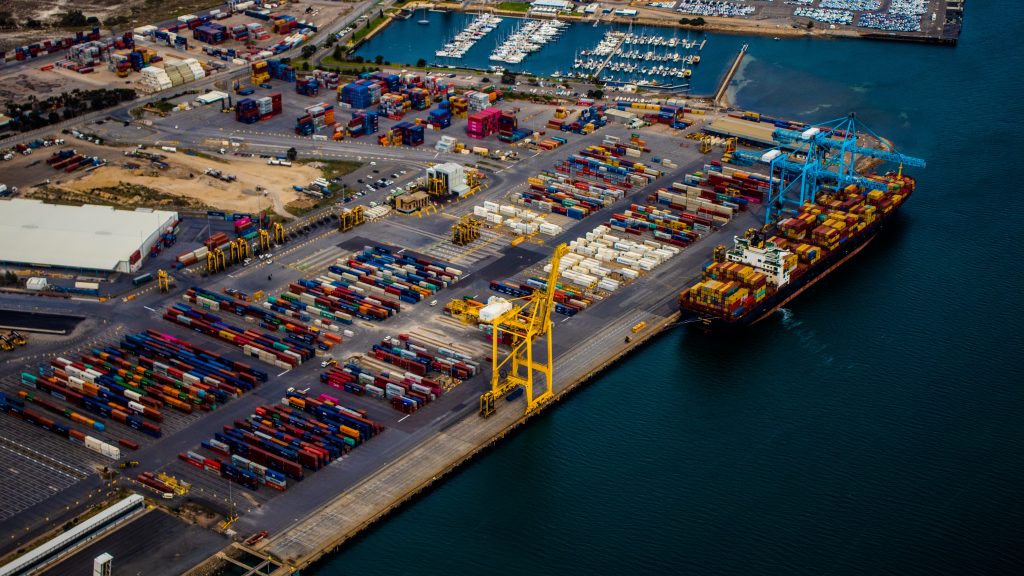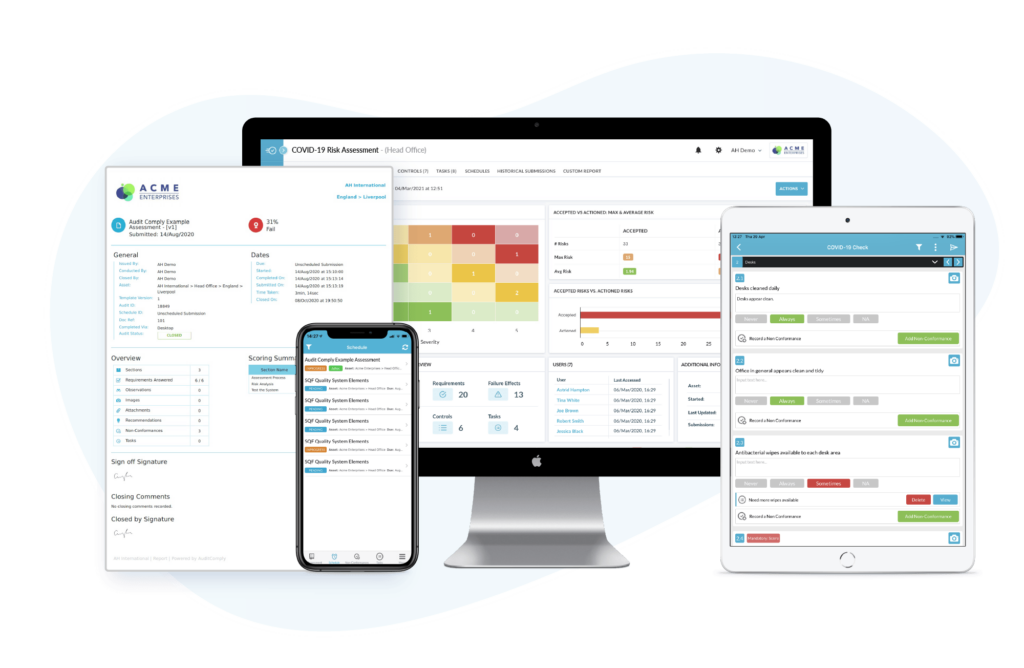With the rise of globalization, low cost manufacturing and the emergence of digitalization in logistics and supply chain, the components that make up a valuable business model have shifted dramatically. Organizations are increasing their reliance on suppliers, outsourcing efforts in a bid to keep costs down without compromising the quality of output. This strategy has increased the value of the supplier role but as a consequence has increased the threats and third-party risks your organization is exposed to, turning global supply chains into ungovernable networks with limited visibility.

However, rising disruptions, increasing costs of recalls, and the impact of ESG has forced organizations to reconsider the importance of Supply Chain Management (SCM) solutions and the opportunities they can bring to the bottom line. This rising importance is evidenced in the SCM market growth, increasing rapidly from USD 23.2 billion in 2020 to 41.7 billion in 2026 USD.
Supply chain risk presents itself in a number of ways and is usually unique to the organization. For example, if you’re operating in Automotive, your supply chain may consist of multiple layers known as Tiers. As your supply chain operations increase, it’s likely that you’ll require a sophisticated SCM solution to ensure full traceability and transparency. From initial supplier selection, communications and vetting, right through to the finalized product on the showroom floor.
World’s largest automotive safety supplier introduces AuditComply to simplify a complex supplier network
The customer recognized the need to unify and consolidate their Audit, Quality and Supply Chain management functions. Requiring an agile platform that could assess thousands of global suppliers.

Big Supply Chain, Big Risk
There are multiple risks you need to consider as part of your supply chain governance:
Environmental risk: The larger your supplier network, the more prone you are to the risks. Without knowing, you may be working with suppliers from less mature and unregulated markets, exposing your operations to dangerous working conditions, poor product quality, corruption or worse. To identify and mitigate these risks organizations are rapidly embedding ESG (Environmental, Social and Governance) frameworks to achieve a more ethical, sustainable and resilient supply chain.
Supply shortage risk: One of the main functions of a supply chain is to ensure adequate supply to meet demand. Each component of a supply chain plays its own part in its role to help get products onto the shelves. This interdependence is very strong, however, there is the risk that if even one effector on the chain falters, that it can have dire consequences for the supply chain as a whole. For example, COVID-19 caused a surge in electronic device sales, resulting in a global chip shortage. Ford is expecting to lose up to half of its planned production in the second quarter of 2021, while General Motors has stated that losses caused by the lack of semiconductors could cost up to US$2 billion in profit
Cyber risk: In a world where digitalization has become more embedded to the everyday functions of commerce, there has been a spike in digital risks that can be encountered. Ranging from cyberattacks and data breaches, to system failures. All of these can result in severe consequences to supply chains. An example of this is the recent Kaseya data breach which disrupted 1,000s of businesses across the world.
Reputational risk: Reputation is one of the most important means that can affect the success of a business. On average more than 25% of a company’s market value is directly attributed to its reputation. While you may be able to ensure your business runs in an ethical and socially considerate way, there is a risk that your suppliers may not. If a supplier were to engage in a controversial business practice or activity, e.g. bribery or corruption, there is a risk it may go on to negatively impact your company’s public perception as well through association. Maintaining a good reputation is paramount to a company’s success.
Man made risk: Man made risks can refer to most issues and risks that primarily rise due to human-caused issues. Ranging from political instability to human error in one of the components of the supply chain, this can lead to huge disruptions throughout your supply chain.

Proactively Mitigating Supply Chain Risk
It’s not all doom and gloom. Despite an increasing amount of risks, there are a number of ways to recognize disruption before it occurs. Below you can find a number of steps and solutions that your business might take to improve your risk identification and response programs.
Digitize your approach to risk management. Introduce a dedicated SCM platform that captures live data and reports real-time risk status across the supply base. Introduce risk-based auditing to embed risk into all governance programs and translate data into interactive visualizations such as risk heat maps. This will allow you to generate actionable insights, communicate risks, predict disruption and share opportunities with leadership at any time.
Ensure the due-diligence and on-going vetting process is standardized across the organization. Use your risk management platform to remotely assess, request and grade your suppliers based on a number of pre-set criteria.
Ensure internal standards and external regulatory requirements are being met with a flexible and comprehensive assessment template builder. This should allow you to build assessments based on level of impact of failure, materials supplied, local jurisdiction requirements and more.
Include the right to investigate and inspect suppliers, or initiate audits to ensure they are compliant with regulations and internal standards. Carrying out these inspections is important, as contractual clauses with suppliers may go some way to prevent issues, but there’s no way to be definitive unless actual proof is seen, so checks should be regular as well.
Plans should also be in place in the event you have to terminate a supplier relationship, e.g. alternate suppliers to put in place to mitigate impact on your supply chain.
AuditComply’s Third-Party Risk Management Solution

AuditComply’s dedicated third-party management platform will help connect the dots of an originally fragmented and disconnected process, helping reduce the uncertainty and complexity. By taking advantage of our dedicated supplier portals, supplier due-diligence and vetting templates, risk hubs, configurable workflows and in-house advisory team, you can expect to effectively manage, monitor and track all the stages of your supplier relationships. SCM platforms like AuditComply ensure you have real-time visibility of current risks, future disruption and opportunities.
Why Wait For Tomorrow?
Find out how AuditComply can guide & evolve your third-party risk management program today, request a demo here.
Report By Risk, Assess By Audit
AuditComply is an Integrated Risk Management (IRM) platform, revolutionizing the way enterprises assess, track, action and report on risk, compliance and quality processes in real time. Defining the next generation of GRC, AuditComply empowers enterprises to mitigate risk, drive compliance and improve quality within the industry’s most innovative and user-friendly assessment platform.
